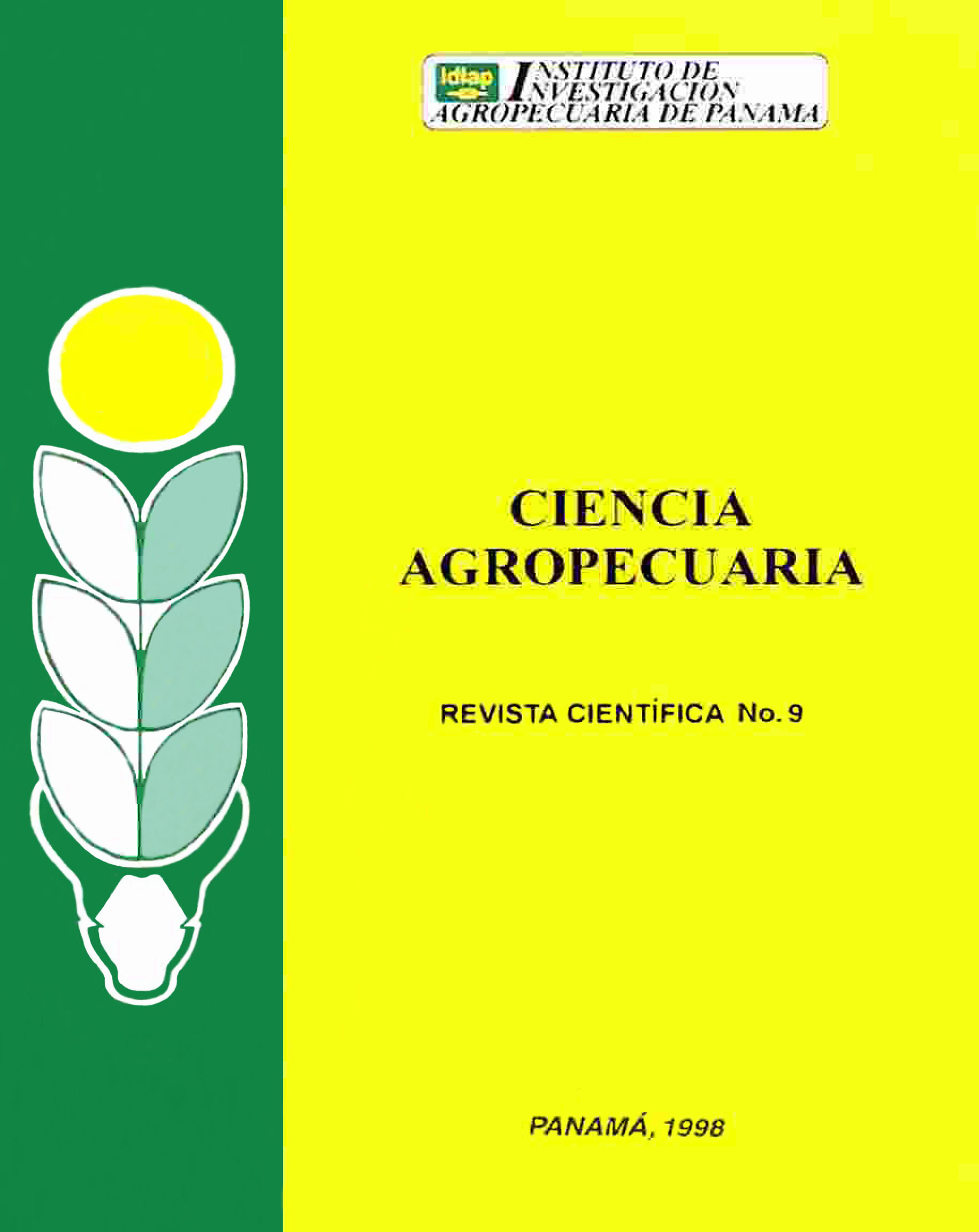PERSISTENCY OF THE Digitaria swazilandensis AND Arachis pintoi CIAT 17434 ASSOCIATION UNDER TWO NO-GRAZING PERIOD.
Abstract
In the Gualaca Experimental Station during november 1993 to may 1995, in a complete block design with four replications, it was evaluated two no-grazing periods (21 and 35 days) on the persistency of the Digitaria swazilandensis and Arachis pintoi CIAT 17434 association. Grazing period lasted seven days and the stoking rate was 2.0 - 2.5 U/ha. Holstein-Cecu crossbred heifers were used with 350-450 kg of live weight. Both no-grazing periods did not improve the A. pintoi CIAT 17434 persistency and did not increase its contribution to the total forage. The contribution was 12% at the beginning and 10% at the end of the study, in both no-grazing periods (P>0.05). D. swazilandensis decreased its contribution and was similar (P>0.05) in both no-grazing periods. Native pastures increased but did not differ between both periods (P>0.05). Neither total forage disponibility nor soil coverage by the pasture showed important variations due to no-grazing periods (P>0.05). Crude protein and digestibility of the forage were similar in both no-grazing periods. Calcicum and phosphorous contents in the forage did not change in both no-grazing period, but differed between seasons. It is considerated that A. pintoi CIAT 17434 has low persistency in association with D. swazilandensis because of its slowed recuperation after grazing periods compared to a gramineae with faster growth. Due to this fact, it is recomended to evaluated A. pintoi CIAT 18744 because of its faster growth.
Downloads
Esta obra está bajo una licencia de Creative Commons Reconocimiento-NoComercial-CompartirIgual 4.0 Internacional.





